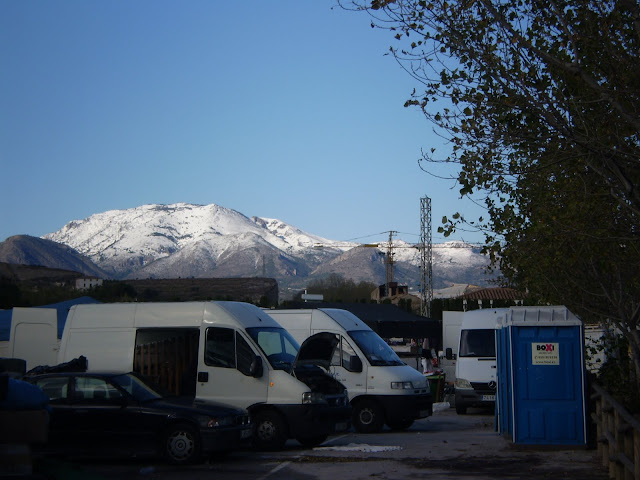In times that were more austere than these and could sometimes be downright frugal Christmas Eve dinner – la cena de Nochebuena, was a high point of the year, foodwise. Presents did not appear until 6th January, the Día de Reyes – the Epiphany and Christmas Eve and Christmas Day – el Día de Navidad were a time for eating, drinking and making merry.
They still are and Christmas Eve dinner remains the most important meal of the holiday. In some regions, particularly the North, the table will groan under the weight of shellfish and seafood – marisco.
In the centre of Spain, chickpea-based cocido – similar to couscous without the couscous - is another choice although it is gradually losing its appeal, being regarded as too hearty, too inelegant and no longer special enough for such a gastronomically special occasion.
A great many English-speaking foreign residents are under the impression that they are responsible for the popularity of turkey - pavo. In fact it has been a favourite for so long that pavo became slang for a five-peseta piece, the price of a Christmas turkey in the early twentieth century.
Turkey crops up in other slangy contexts, so pelar el pavo has nothing to do with plucking a turkey but would describe the billings and cooings – ñoñerías exchanged between a courting couple, a former ritual now more outdated than a five-peseta piece.
Anything termed a turkey because it is a flop, failure or disaster would be un fracaso, un desastre or un bodrio. To talk turkey is ir al grano or hablar a las claras but la edad del pavo tells you nothing about the sell-by date of your Christmas dinner and is the awkward age of adolescence.
Translated word-for-word moco de pavo is totally unedifying turkey snot but in fact this is the snood or pendulous piece of skin that hangs from a turkey’s beak and proves yet again how easy it is to get the wrong end of the translating stick. The phrase is rarely used in a zoological sense but crops up more usually in the phrase eso no es moco de pavo – that’s something not to be sneezed at.
A peacock loses much of its glamour in the Spanish version of pavo real or royal turkey although the verb pavonearse is an ostentatious to strut, show off or brag.
Una pava is a female turkey but is also a kettle although this largely Latin American term can produce a blank reaction from European Spanish-speakers who, despite painstaking explanations, still want to refer to this as una tetera. This is literally a teapot and could be one of the reasons why Spanish tea is never quite like mother makes.
 |
| Flora, flowerpots and... kettle |
If eating out, or invited to dine in someone’s home in Levante and particularly the Murcia region you might be offered paella de pava but don’t expect it to contain the remains of the Christmas dinner. It will indeed contain pava, a regional word for cauliflower, which might be fine for vegetarians but not what a carnivore hopes for at any time of the year.








